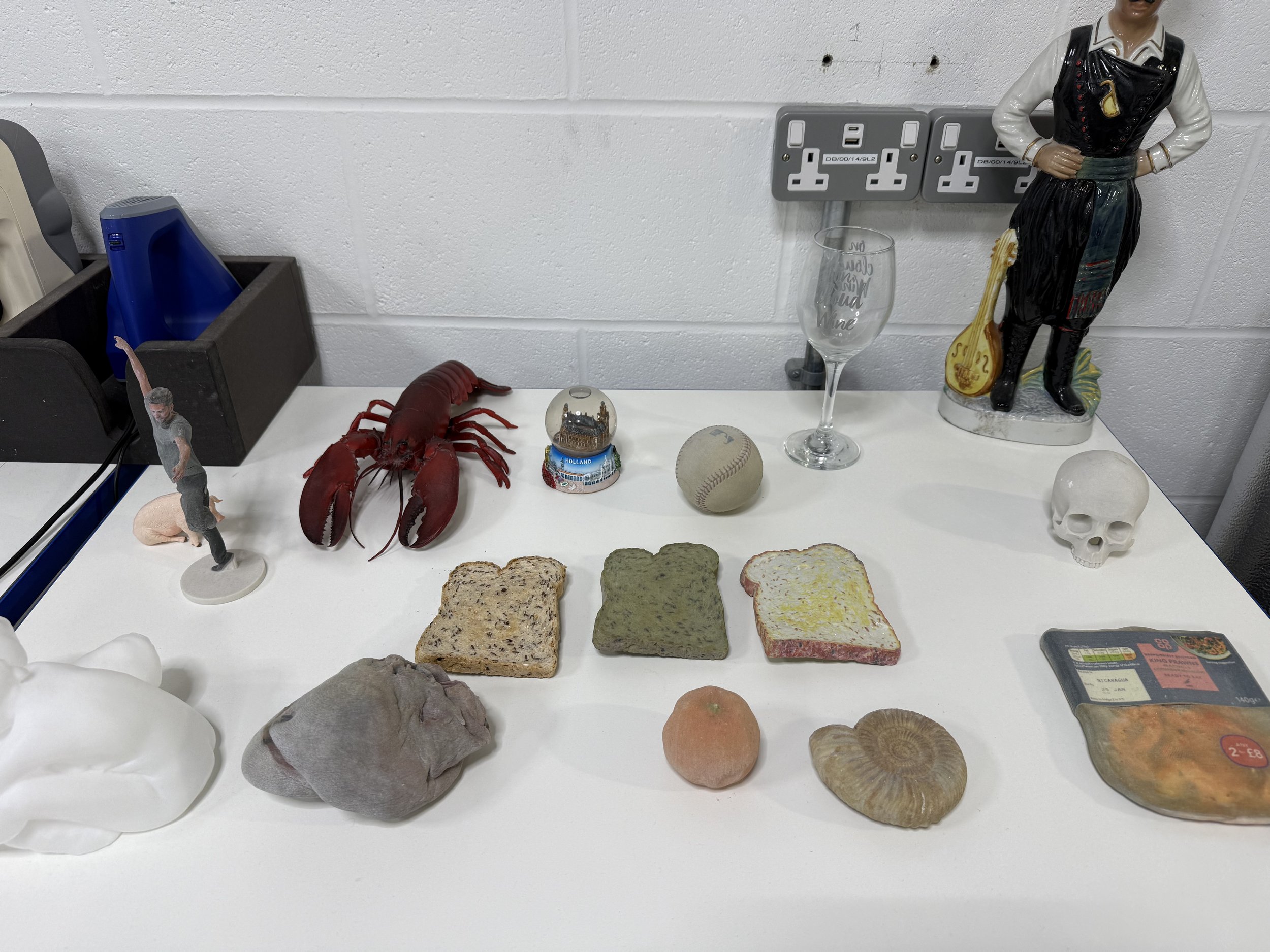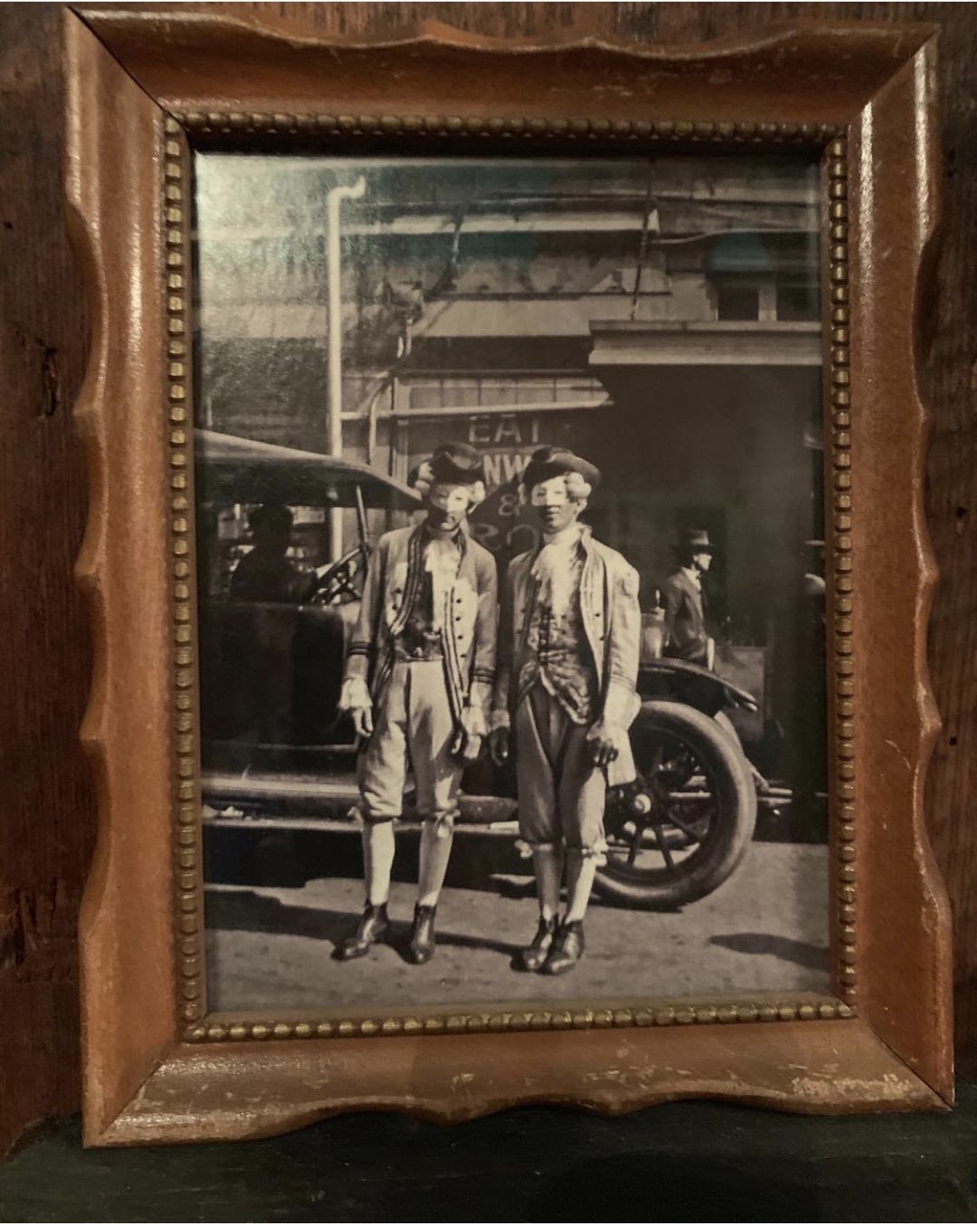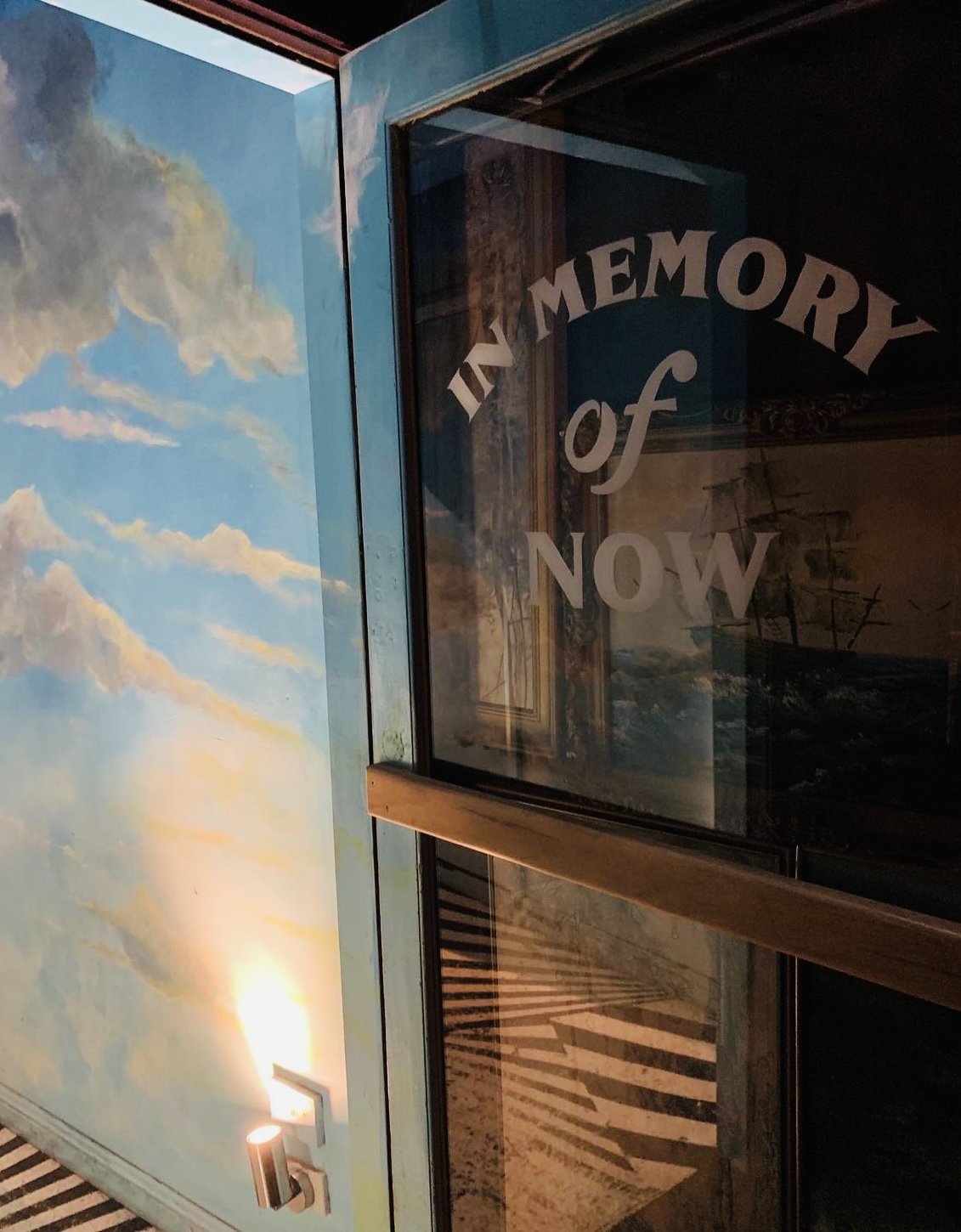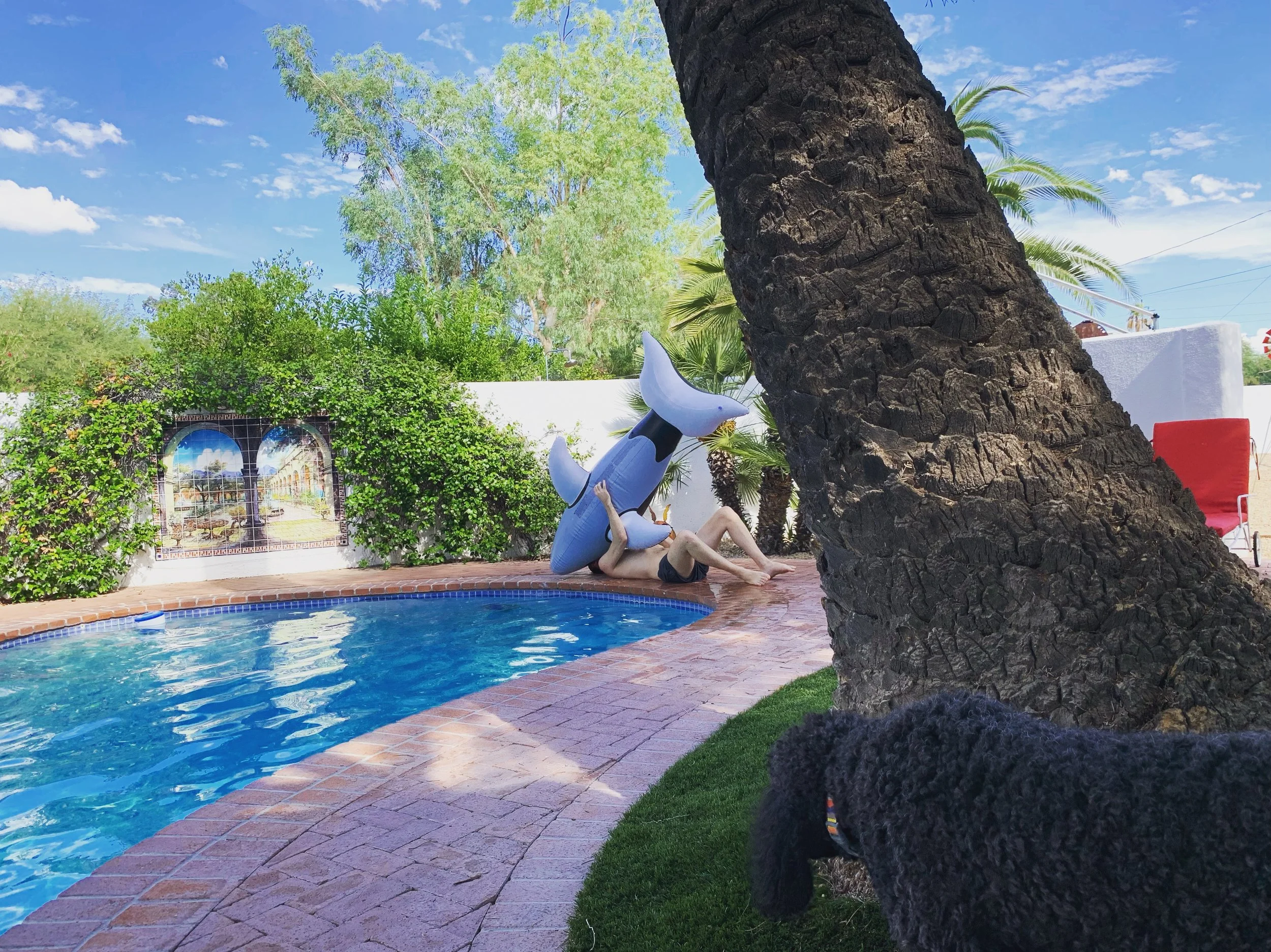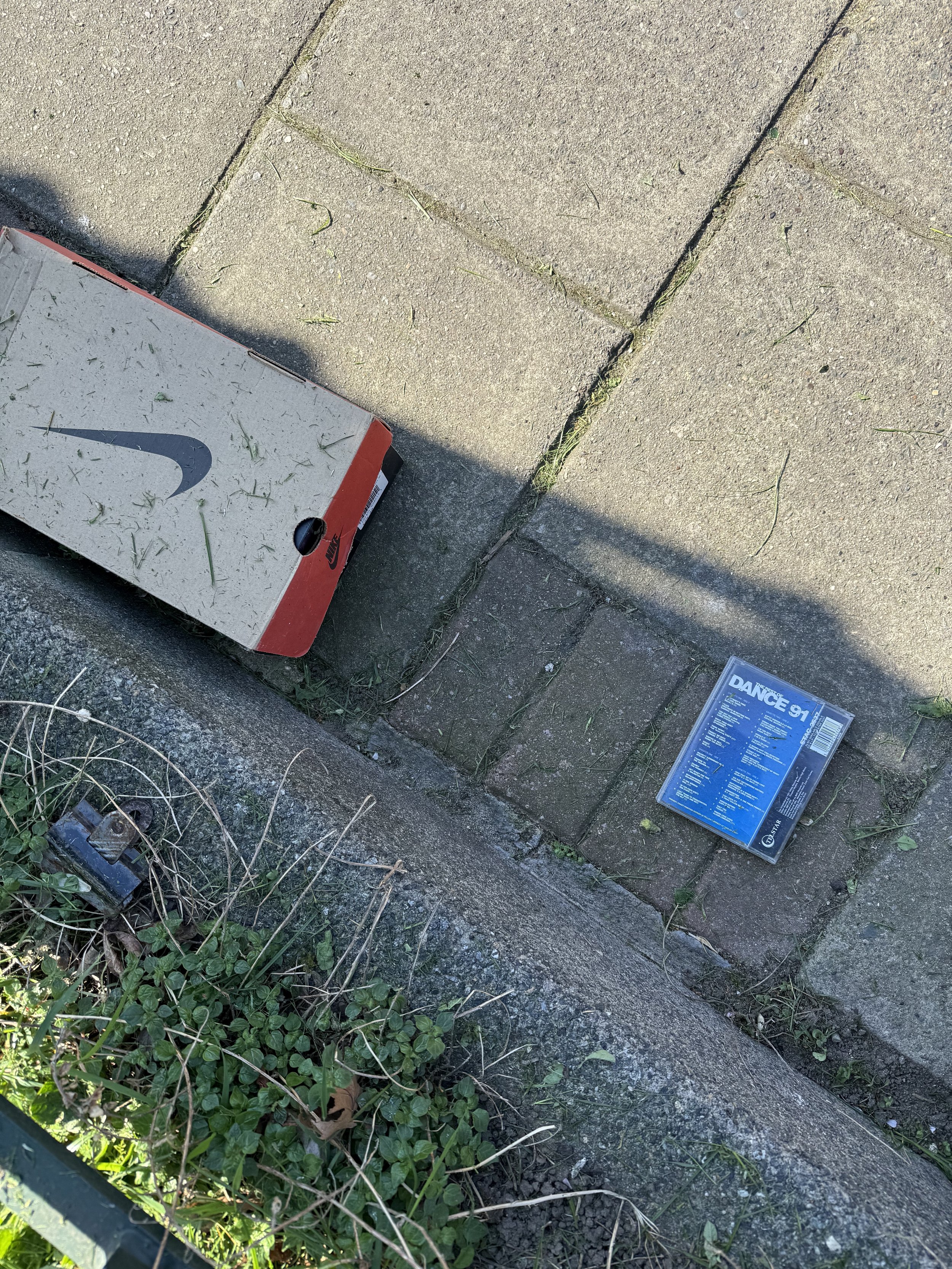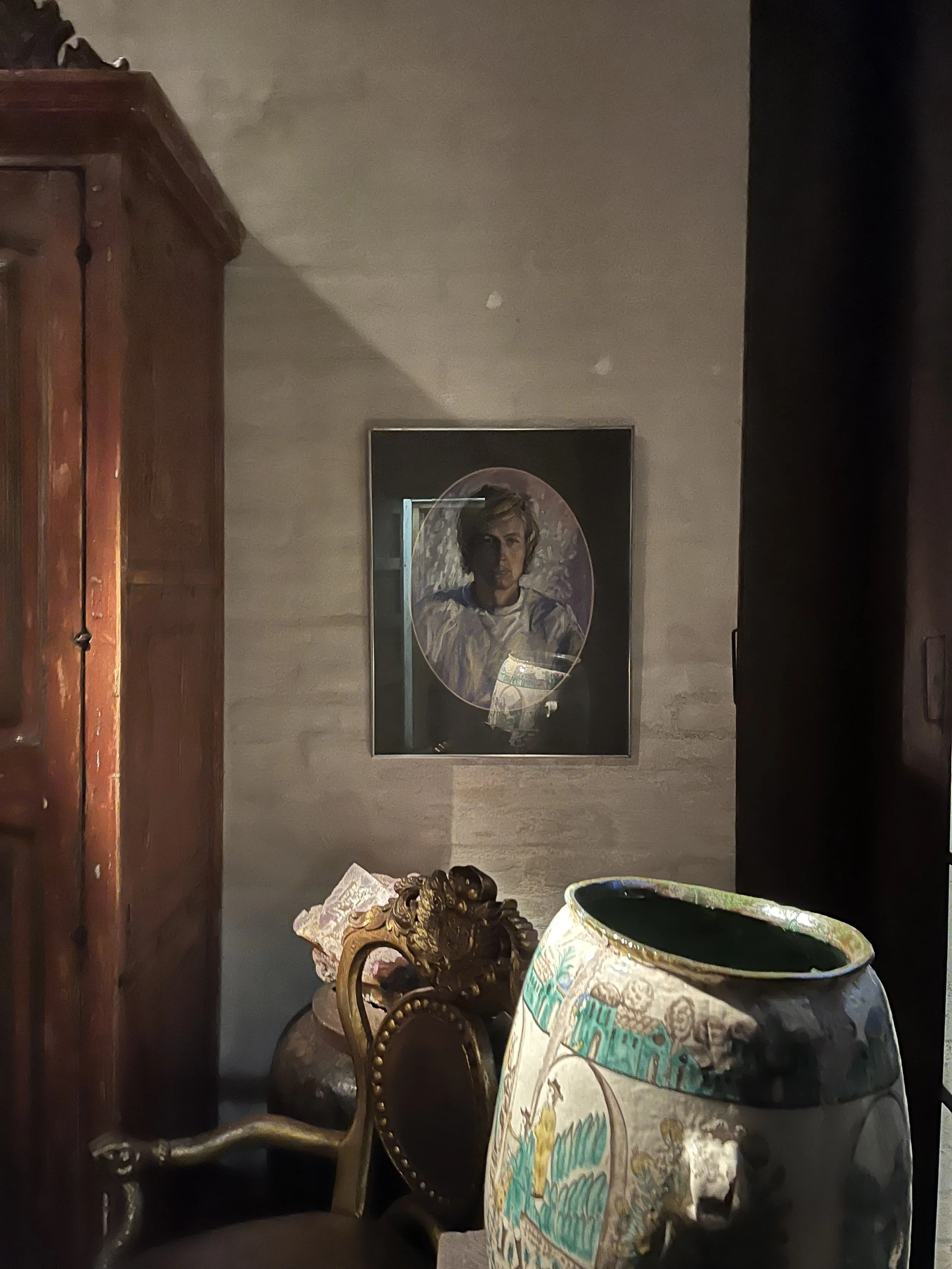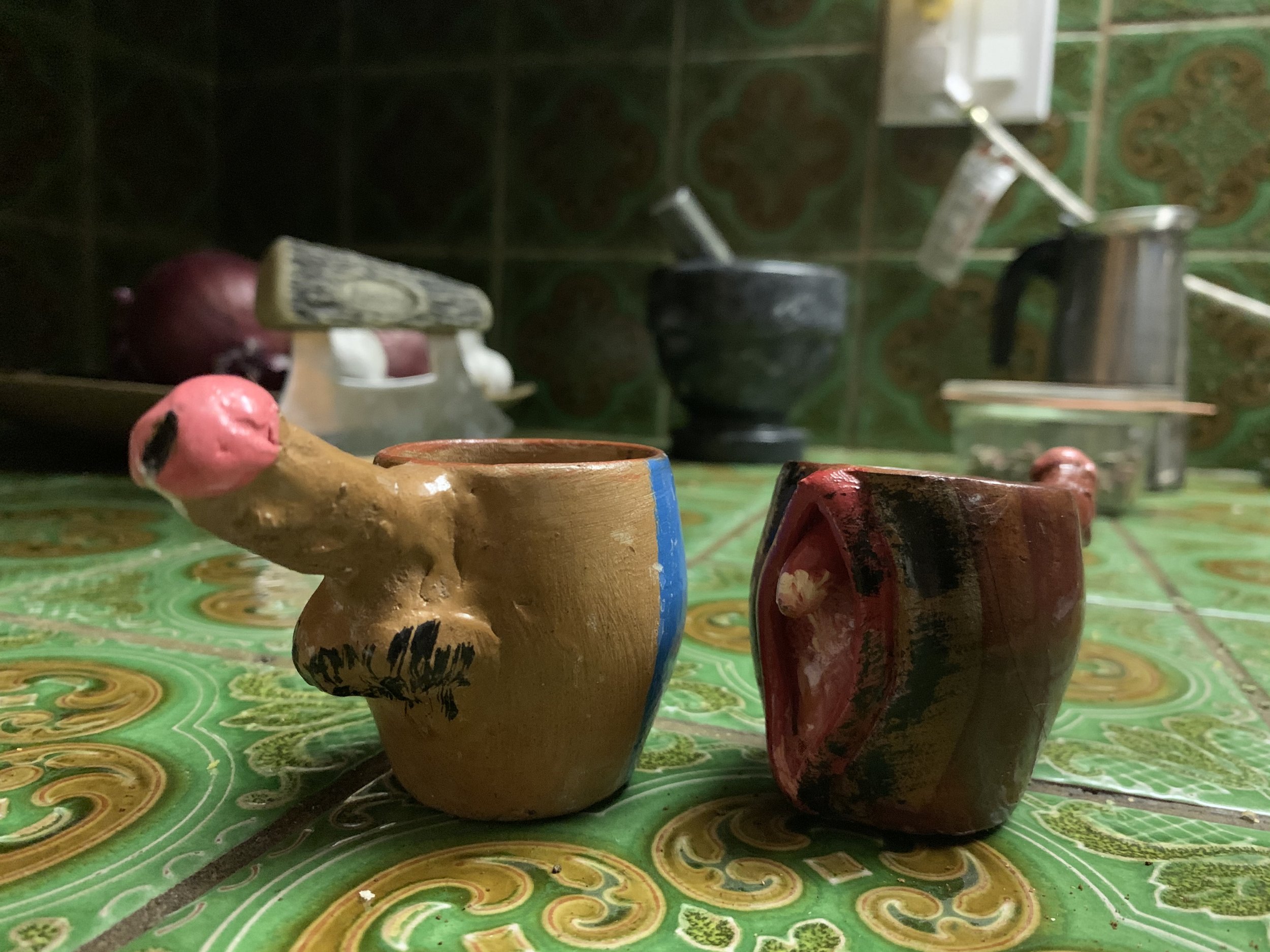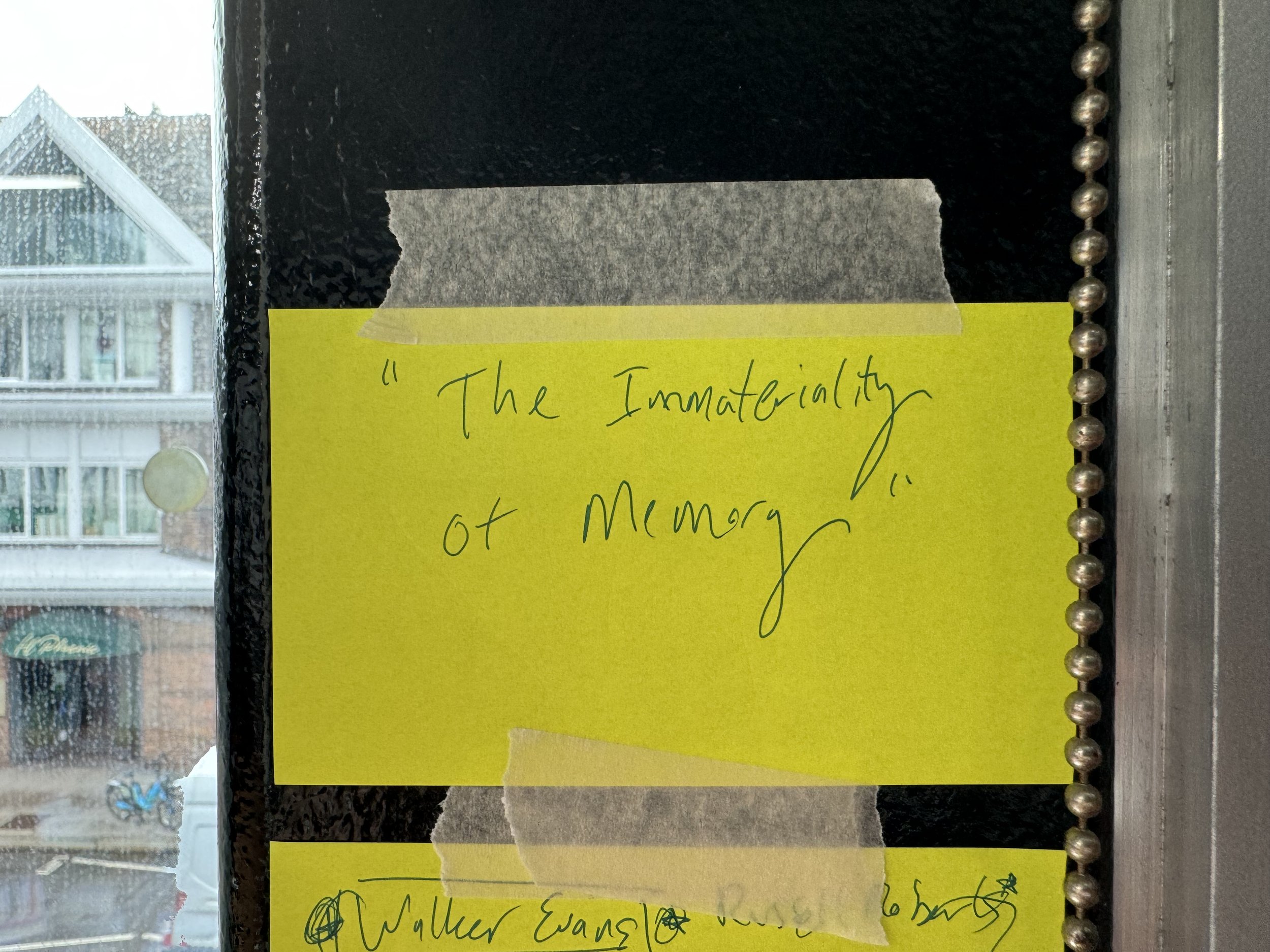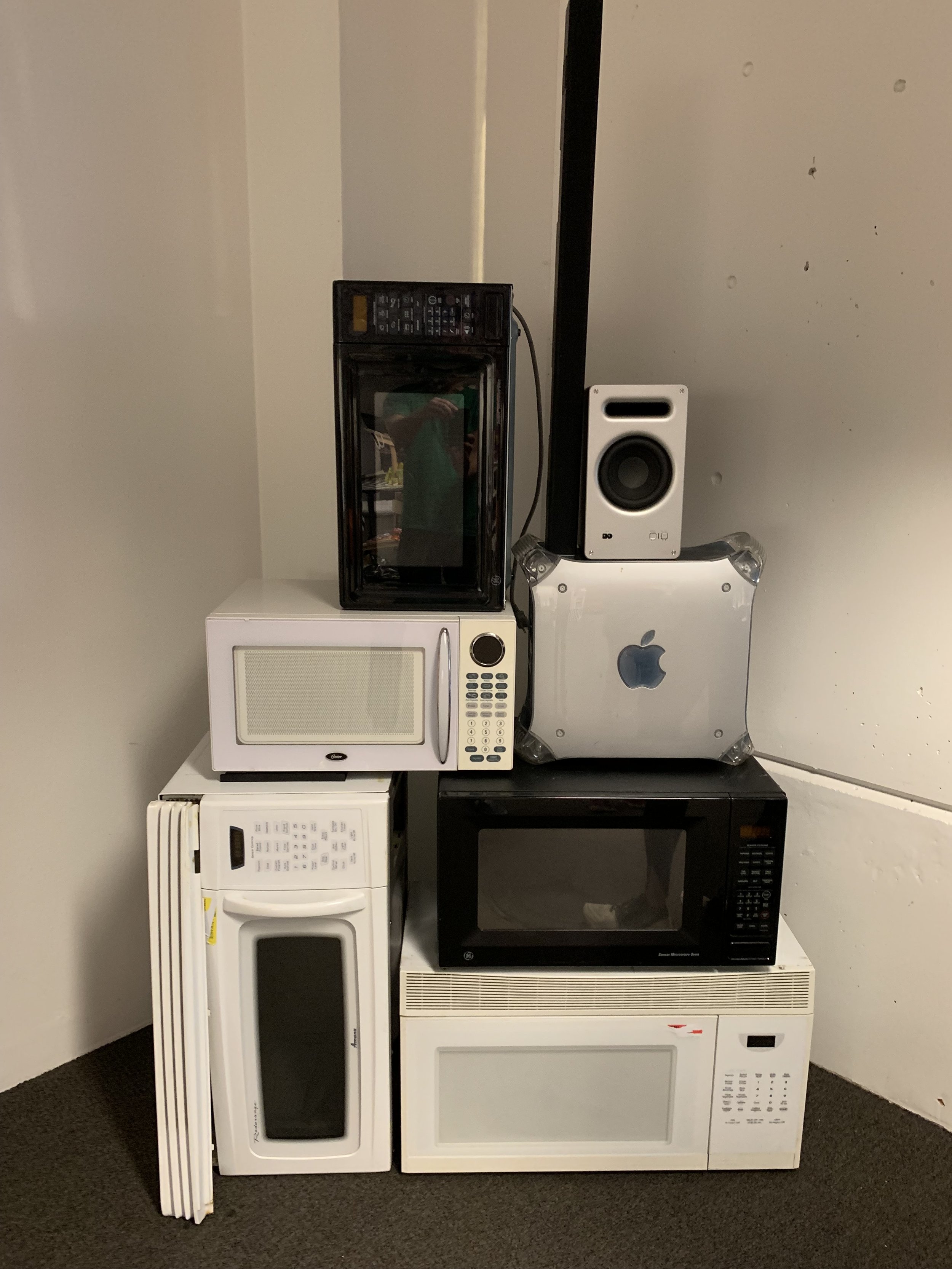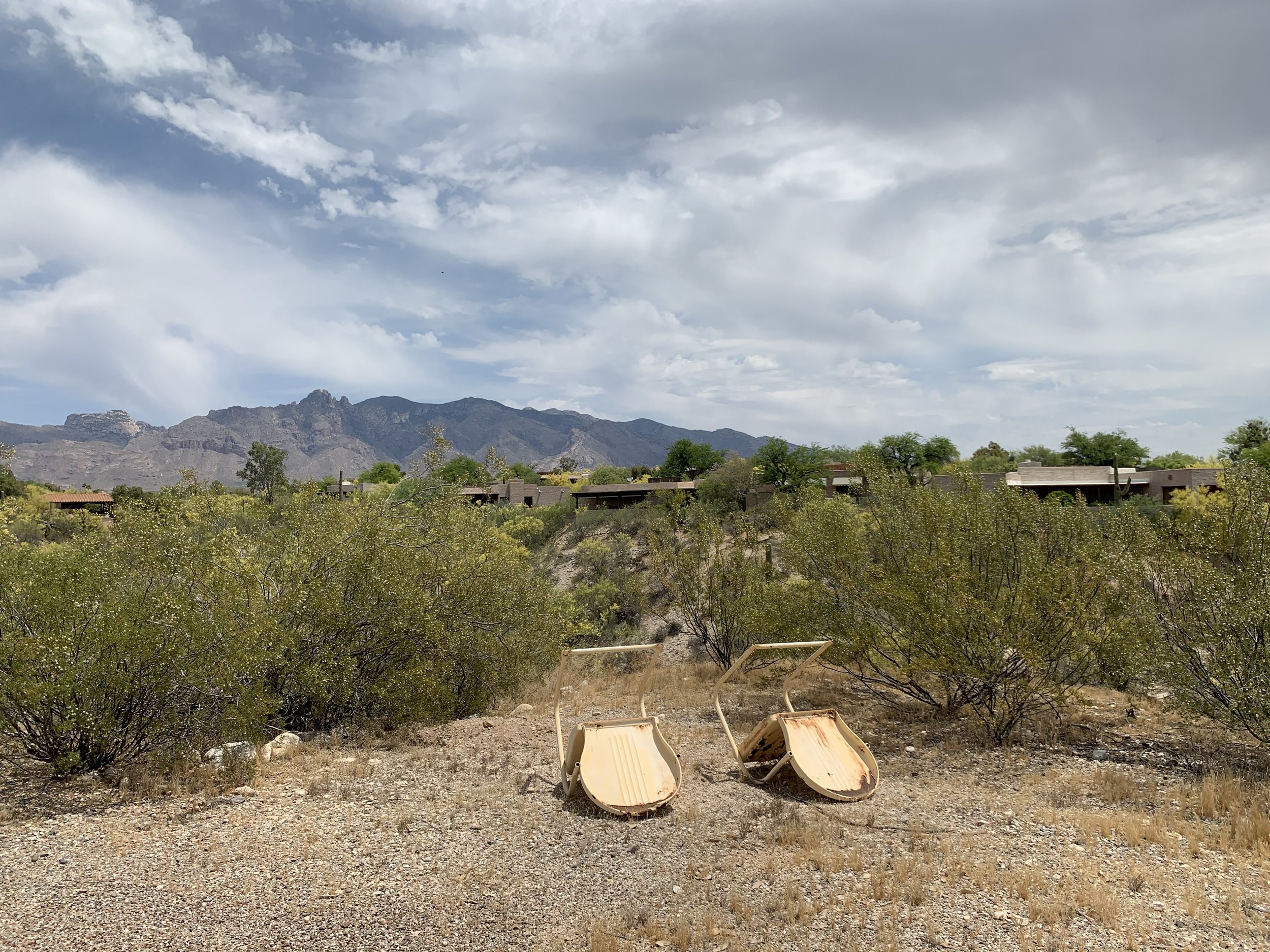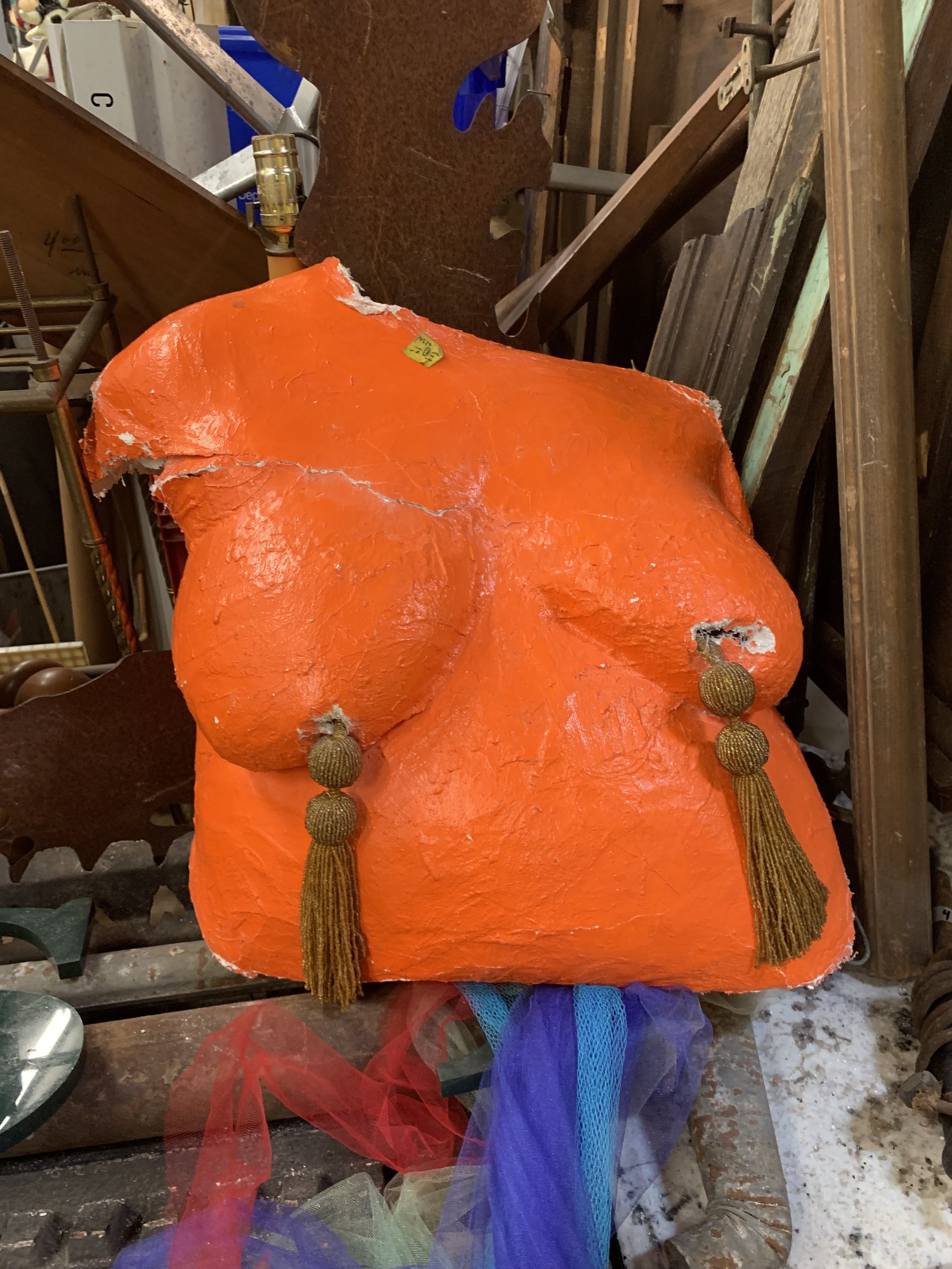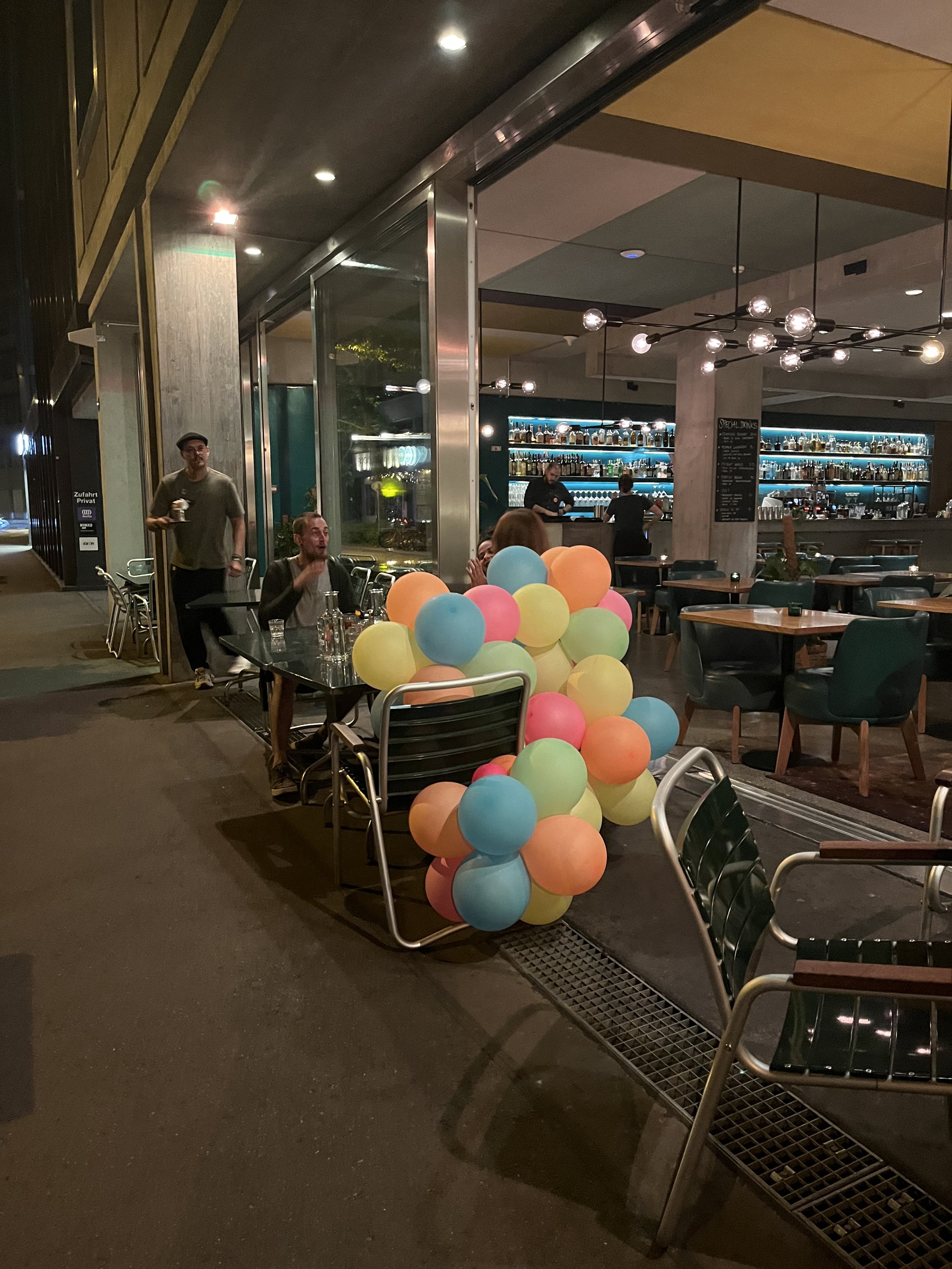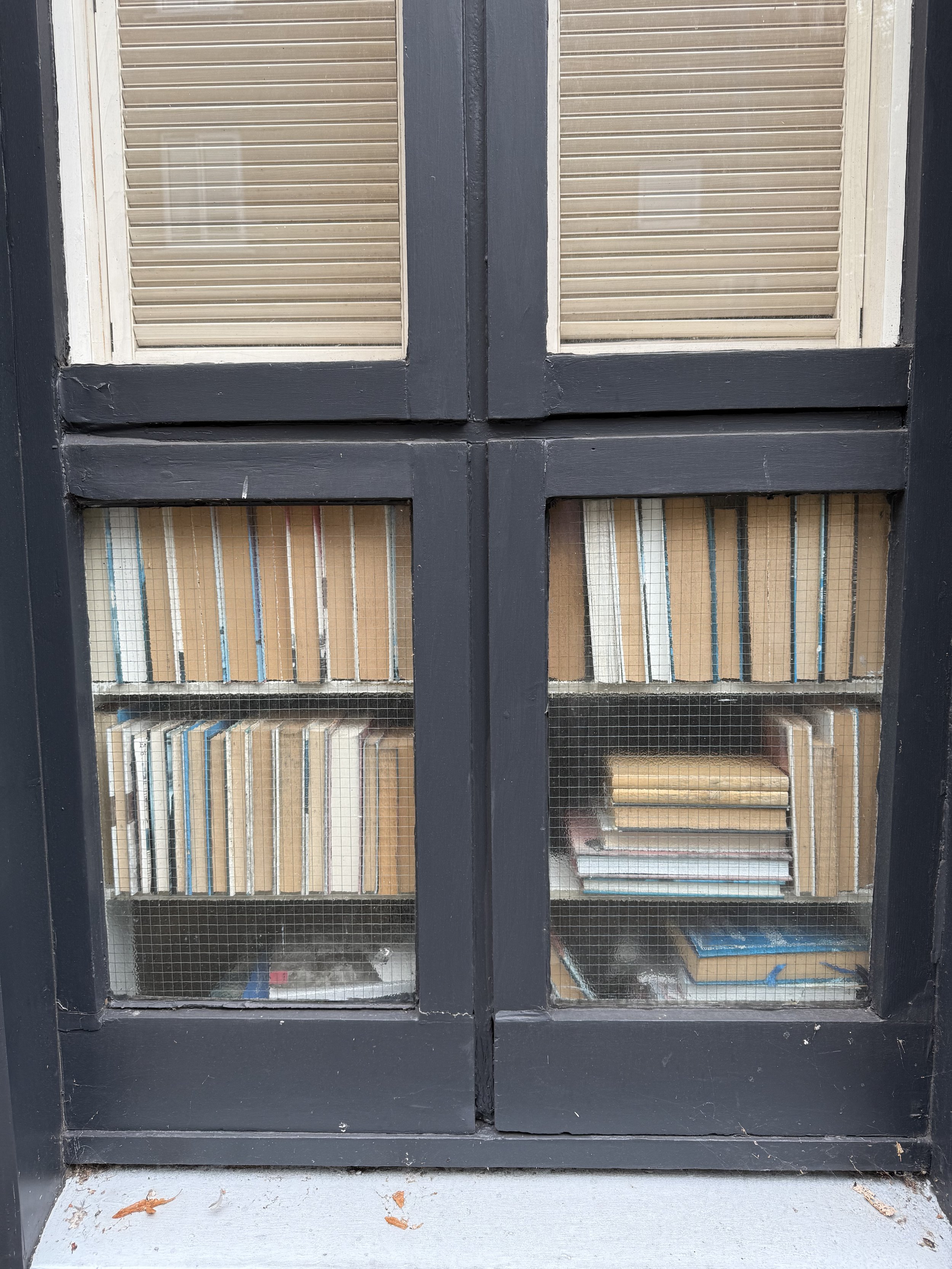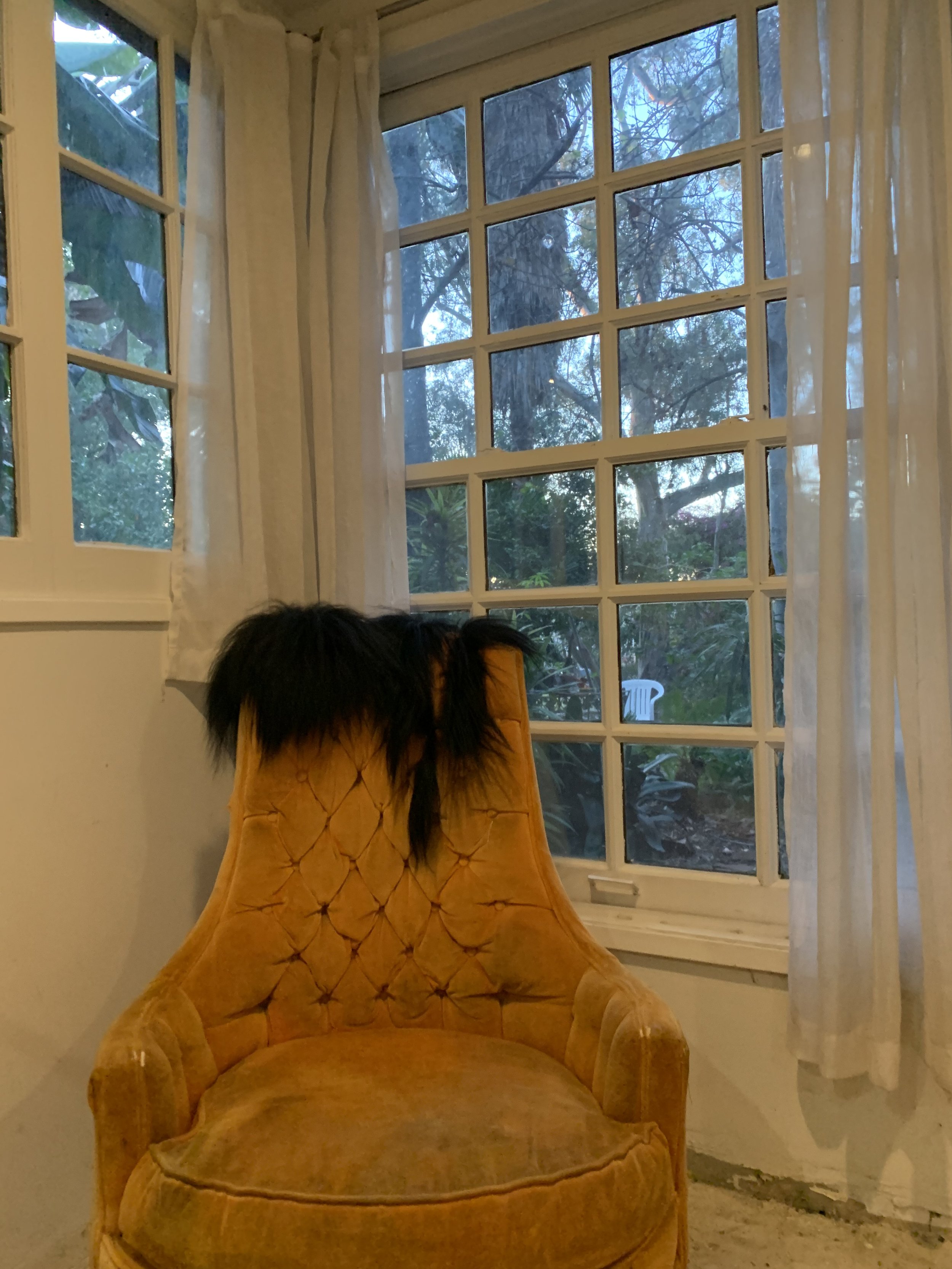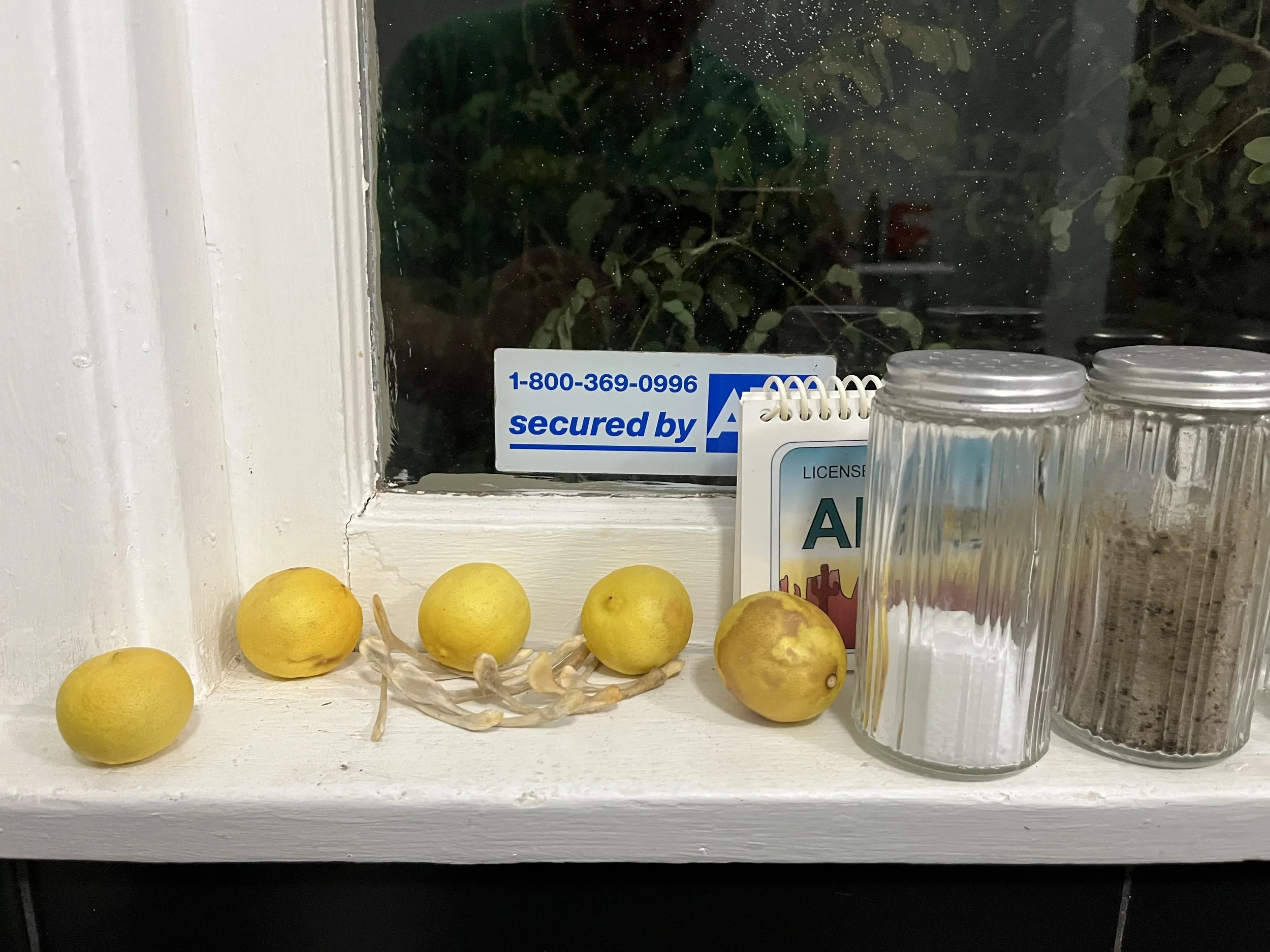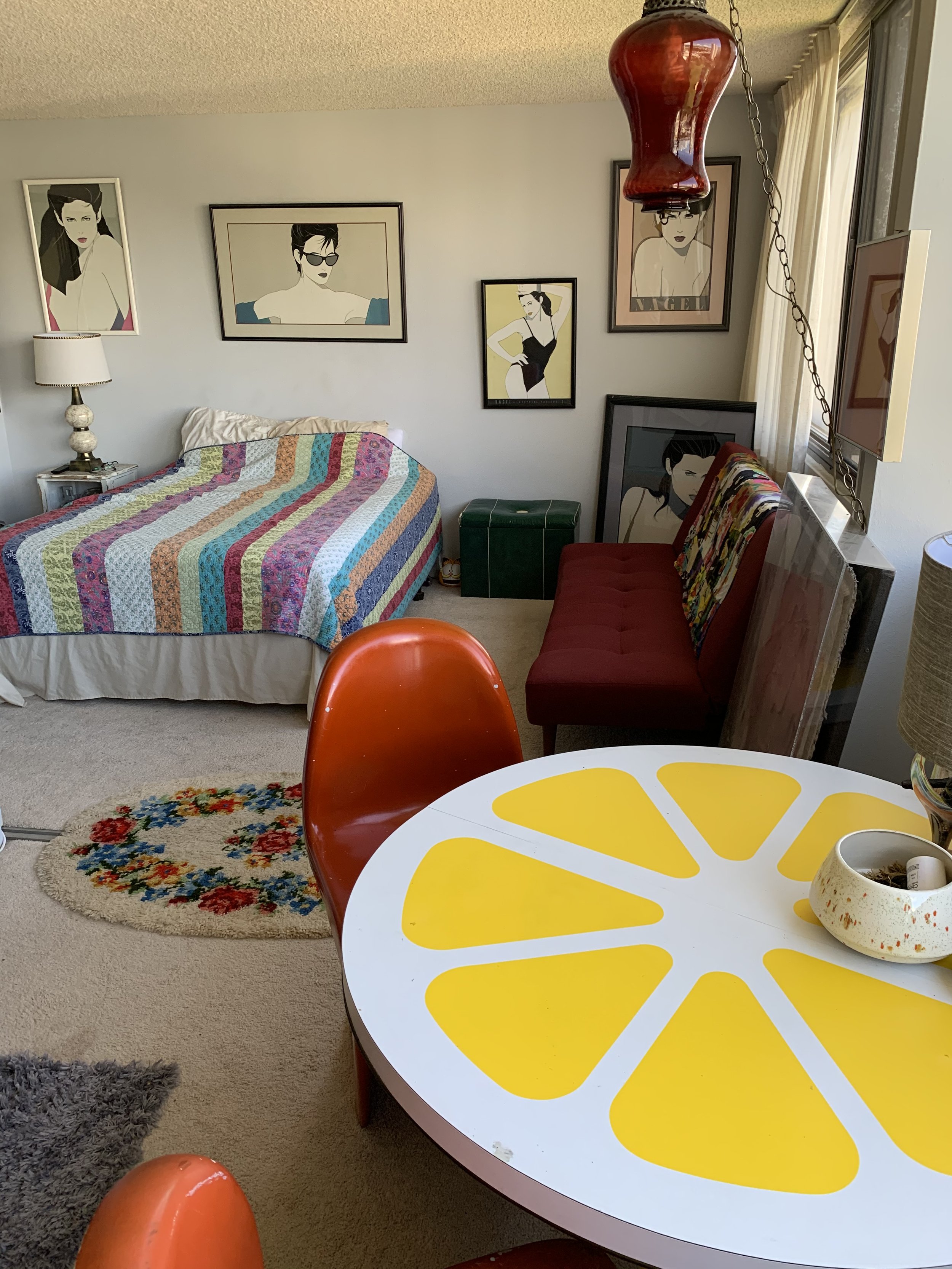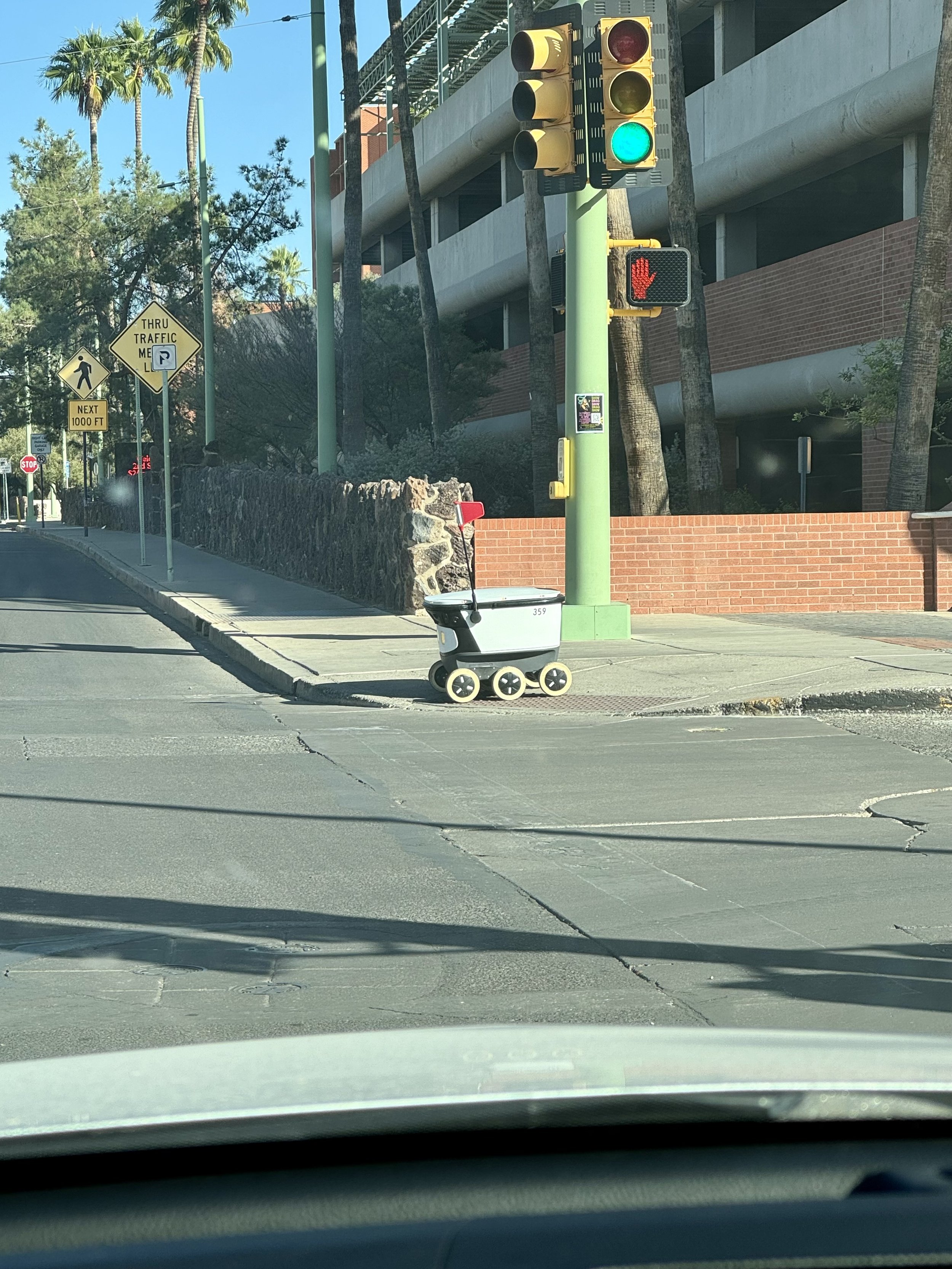The Uncanny
We live in a world increasingly flooded with images, dominated by photographs and other visual representations that promote marketable ideas of beauty, traditional signs of a successful life, and modern concepts of "the picturesque." I find myself attracted to imagery that challenges dominant ideas of beauty and the related sociological and socioeconomic notions of what holds value. In his 1906 essay "On the Psychology of the Uncanny,” German psychiatrist Ernst Jentsch discussed both the familiar and the uncanny, or in his terms, the "unheimlich." He stated, "It is an old experience that the traditional, the usual, and the hereditary are dear and familiar to most people, and that they incorporate the new and the unusual with mistrust, unease, and even hostility."[1] I’ve noticed that this hostility, rather than manifesting as outright violence or revulsion, often appears through some of the oldest human reactions to the unfamiliar: laughter (displaying teeth), unease, and awkward feelings.
As I search for my own version of Henri Cartier-Bresson's "Decisive Moment," I often feel drawn to images that are unfamiliar, socially or economically provocative, and aesthetically challenging. In this small collection, I aim to capture a similar sense of the uncanny found in the work of Martin Parr, Todd Hido, and Alec Soth—the unconventional and marginalized subjects of Diane Arbus, the hyperreal yet unsettling sculptures of Duane Hanson, and the wax figurines in Hiroshi Sugimoto's "Portraits," which mark a significant departure from his typical modernist focus on natural phenomena.
Ultimately, images of the uncanny challenge our ideas of what is expected, normal, standard, visually appealing, healthy, socially acceptable, and inherently valuable. They push us to broaden our understanding of what it means to be human and the many ways we can exist in the world.
[1] Jentsch, E. (1997). On the psychology of the uncanny (1906). Angelaki, 2(1), pp.7–16.
Digital photographs and writing by Samuel Nohe Ireland. © 2025
*Readers/viewers can click on thumbnails for larger versions of work(s) that open up in a new window.

